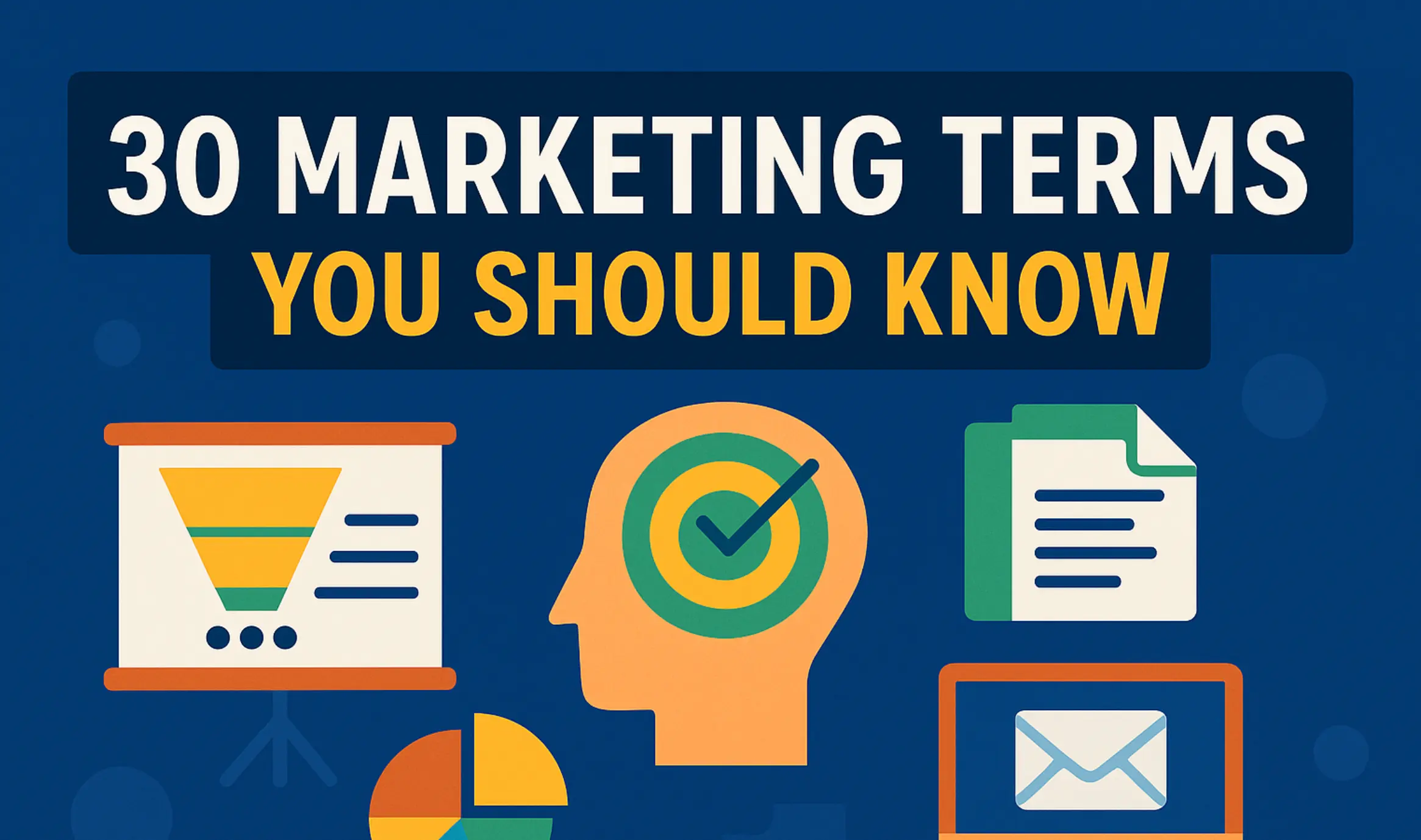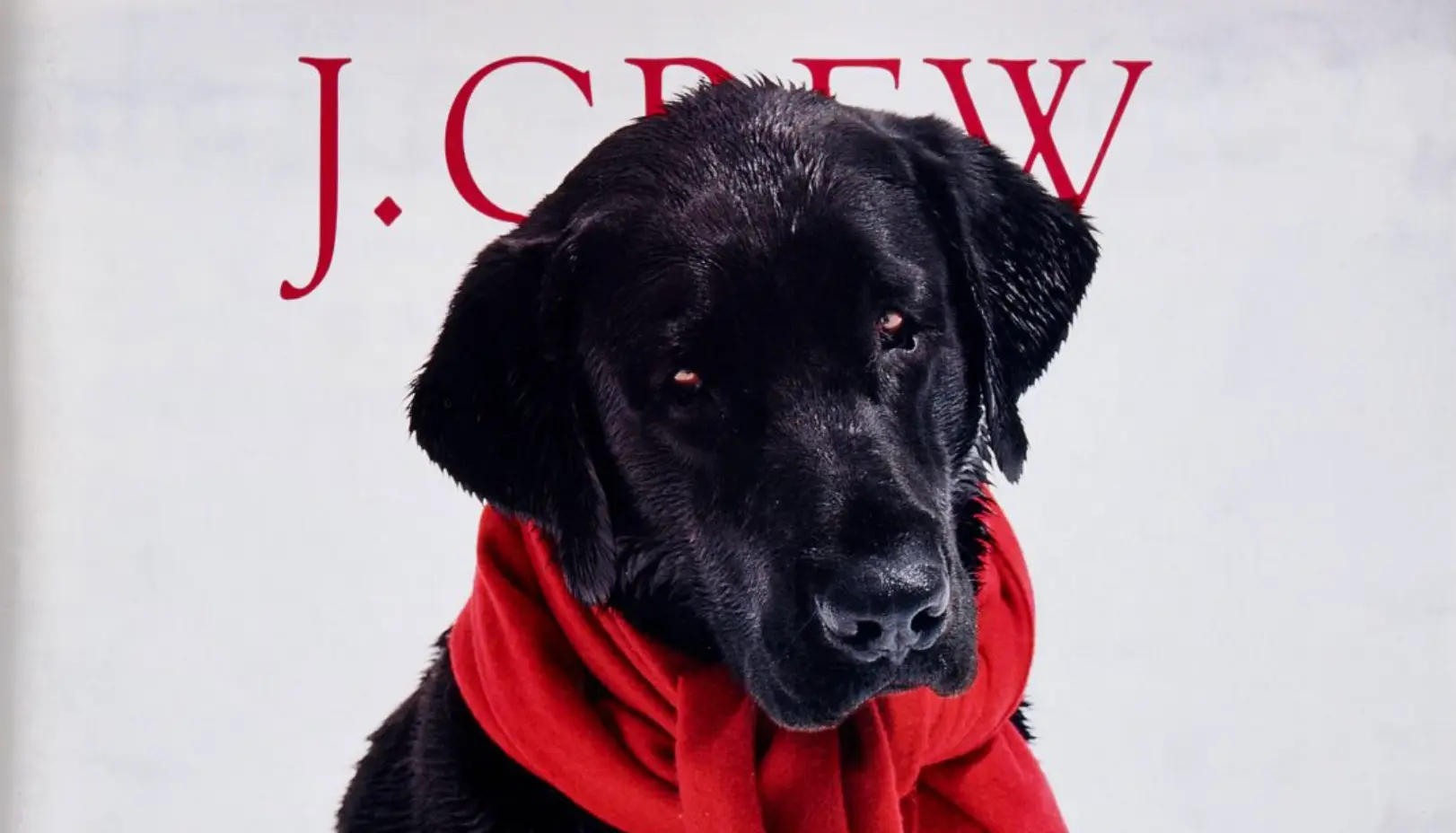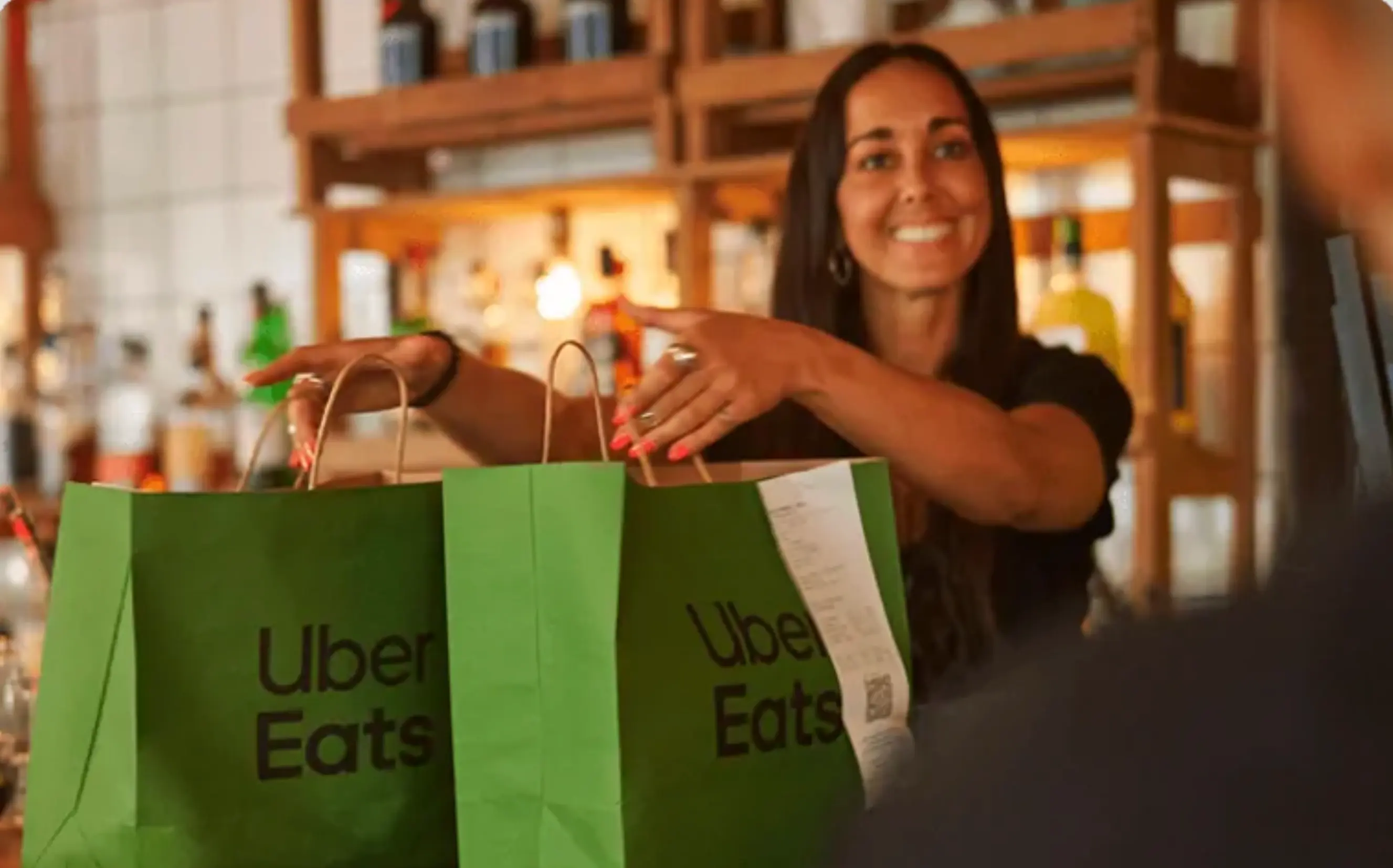The 10 Most Famous Brand Competitors Of All Time: Biggest Brand Wars
Updated on
Published on

Great brand rivalries do more than fight for market share—they create a stage where every launch, slogan, and stunt feels like a round in a title bout. The greatest competing businesses push each other to ship better products, spend smarter on media, and win hearts with sharper stories. Below, we unpack ten corporate rivalries that became famous and how somehow we are all in the middle of it all!
1) Coca-Cola vs Pepsi — The taste test that never ends
Coke vs Pepsi is the archetype of business rivalries: two competing brands selling nearly identical products, yet building opposite myths. Coke leans on tradition, heritage, and universal moments (“Open Happiness”), while Pepsi courts youth, music, and constant reinvention (“The Choice of a New Generation”). The cola wars proved that famous brand competitions can live in people’s heads as much as on shelves: blind taste tests, Super Bowl ads, celebrity tie-ins, limited editions, and seasonal packaging all became weapons. What keeps this brand rivalry fresh is the cadence—one side moves, the other counters within weeks—turning soda into serialized storytelling that never quite resolves.
- The Pepsi Challenge cemented this brand rivalry in pop culture, turning famous brand competitions into a national taste-test spectacle that Coke had to answer for decades (University of South Carolina).
- Why it lasts: clear positions (timeless vs trendy) with never-ending media moments.
- Signature moves: Pepsi Challenge stunts vs Coke’s heritage anthems and global activations.
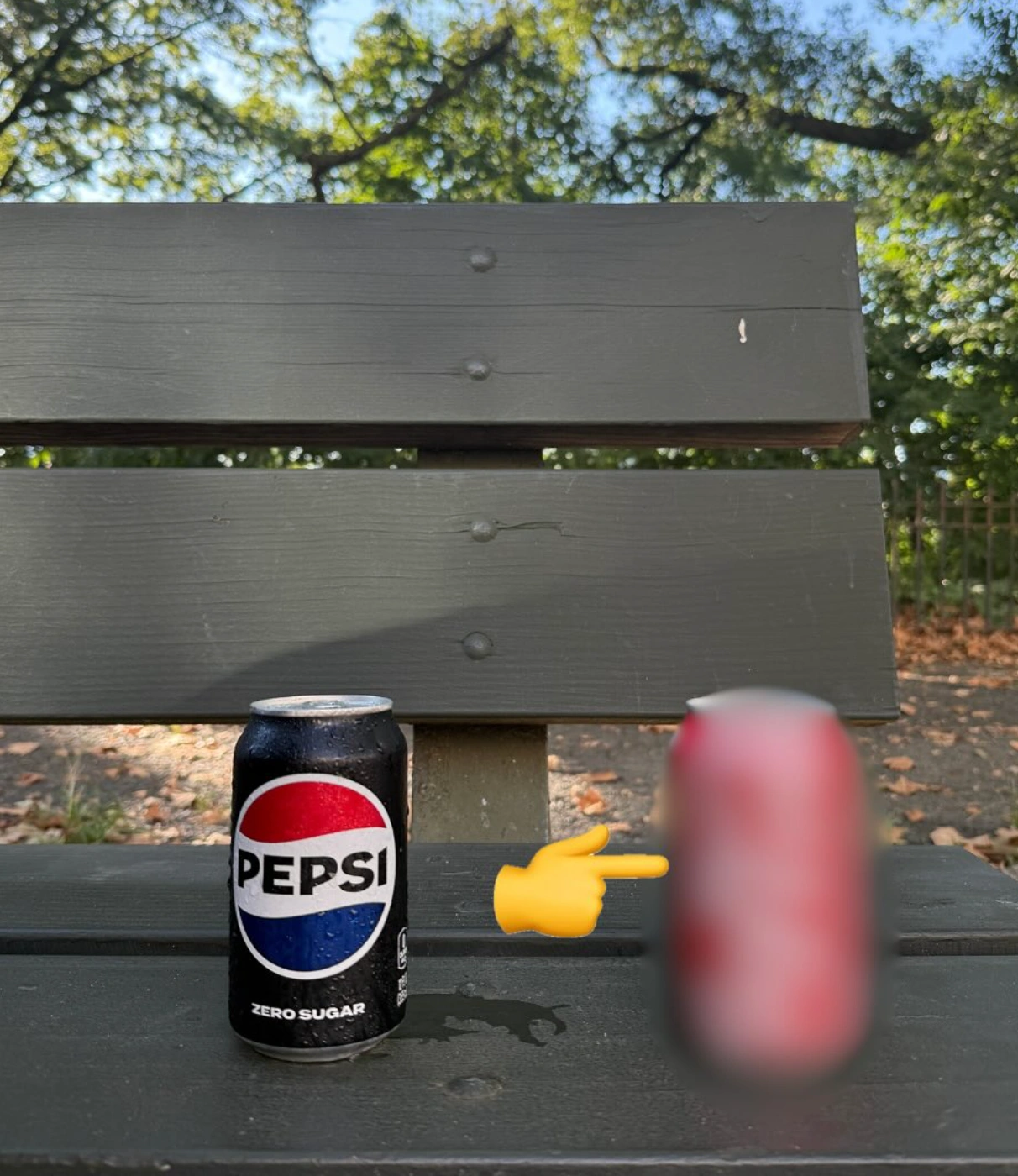
2) Apple vs Microsoft — Vision vs ubiquity
Among the biggest brand competitors in tech, Apple vs Microsoft evolved from GUI battles to ecosystem wars. Apple’s “it just works” design philosophy and tightly integrated hardware/software created premium loyalty, while Microsoft optimized for scale, compatibility, and enterprise dominance. Over time, the corporate rivalry stretched across PCs, phones, tablets, cloud, and productivity suites—each era flipping momentum without erasing the other. The brilliance here is strategic separation: one brand sells a curated, end-to-end world; the other powers nearly everything, everywhere.
- Why it lasts: different profit engines (devices/services vs software/cloud) keep both massive.
- Signature moves: “Get a Mac” tone vs “work runs on Windows/Office” trust.
3) Nike vs Adidas — Swoosh speed vs three-stripes heritage
This brand rivalry mixes sport, fashion, and music into global culture. Nike weaponizes speed—of design, of storytelling, of athlete signings—while Adidas leans on craftsmanship, football pedigree, and collaborations that feel embedded in streetwear. Each drop, kit deal, and tunnel-walk becomes a chapter in a long series of famous brand competitions: Air vs Boost, Elite basketball vs world football, SNKRS frenzies vs terrace classics. The reason these competitive brands endure is simple: both keep finding new subcultures to authentically serve.
- In a headline moment for corporate rivalries, Germany’s DFB will switch from Adidas to Nike in 2027, a move that reset expectations for the greatest competing businesses in global football ( ESPN ).
- Why it lasts: constant athlete pipelines and collabs refresh the myth every season.
- Signature moves: Nike’s high-tempo innovation vs Adidas’s heritage-plus-collab strategy.
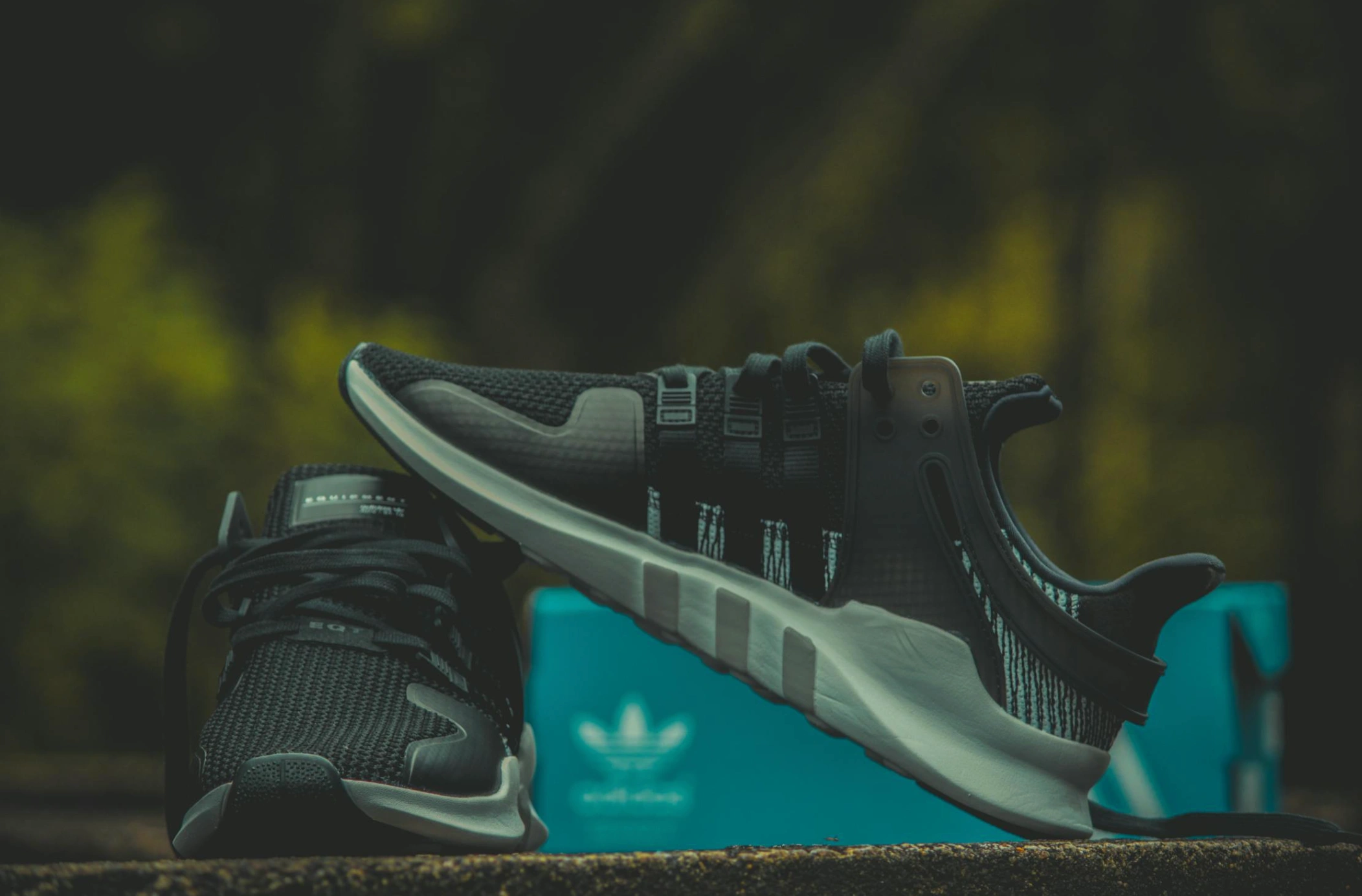
4) McDonald’s vs Burger King — The burger wars playbook
Corporate rivalries in QSR don’t get bigger than this. McDonald’s owns consistency, real estate, and operational scale; Burger King plays the challenger, needling with cheeky ads, flame-grilled messaging, and limited-time provocations. This is one of the most famous brand competitions because it taught the category how to spar: price wars, product jabs (Whopper vs Big Mac), and region-by-region ambushes. The duel created a language—“burger wars”—that every other chain had to learn.
- Why it lasts: leader’s scale vs challenger’s creativity keeps the story dynamic.
- Signature moves: mascot mischief, menu innovations, and hyper-localized promotions.
5) Airbus vs Boeing — A transatlantic duopoly
Few business rivalries move trillions like this one. Airbus and Boeing compete through decade-long programs where one airframe can tilt fortunes: A320neo vs 737, A350 vs 787, freighters vs long-haul flagships. In these corporate rivalries, the scoreboard is public—orders, deliveries, and airshow announcements—but the drama is product/engineering, not ad copy. Airlines hedge to keep leverage, governments watch closely, and every certification milestone becomes front-page news.
- This milestone underscored how famous brand competitions in aviation hinge on long program cycles and order books that can tilt billions in value ( Reuters ).
- Why it lasts: only two viable makers of large jets; every decision swings fleets worldwide.
- Signature moves: order book one-upmanship, engine partnerships, and airshow debuts.
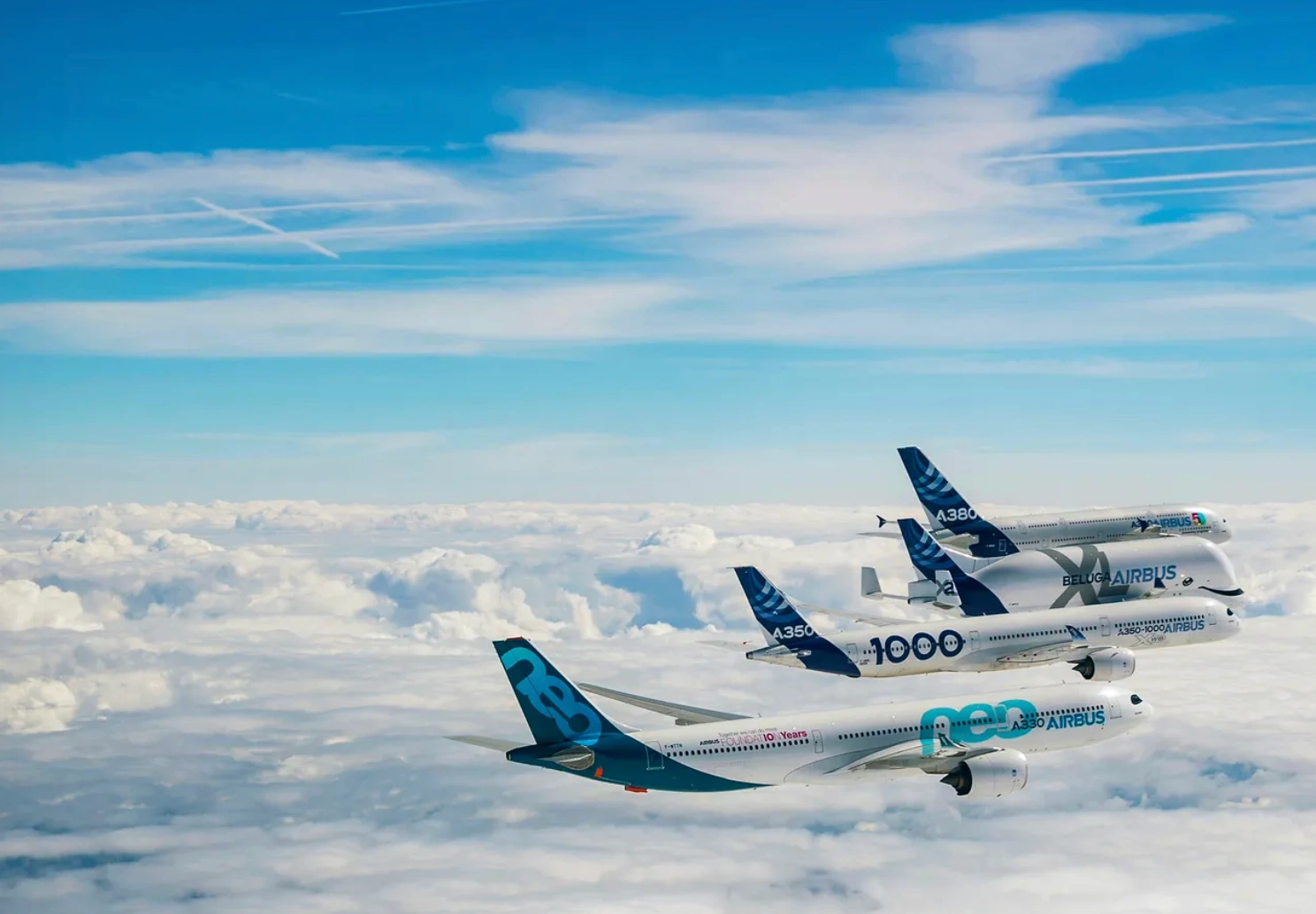
6) PlayStation vs Xbox — The console wars
These competitive brands turned living rooms into ecosystems. PlayStation built a lead on global exclusives, cinematic single-player epics, and strong hardware cadence; Xbox countered with online services, backward compatibility, and a subscription-led future. The brand rivalry migrated from box sales to platform economics: cross-play, cloud streams, day-one libraries, and multi-platform releases that expand audiences without abandoning loyalists.
- As the console wars evolved into ecosystem wars, Xbox’s multiplatform shift confirmed that modern brand rivalries are fought through services as much as hardware ( The Guardian ).
- Why it lasts: different strengths—narrative exclusives vs service convenience—keep fans invested.
- Signature moves: prestige first-party launches vs aggressive subscription value.
7) Visa vs Mastercard — The everywhere duel
In payments, the greatest competing businesses often hide in plain sight. Visa and Mastercard don’t issue cards; they run networks that connect banks, merchants, and cardholders. Their corporate rivalry plays out in co-brand deals, tokenization, fraud tools, and acceptance growth rather than splashy consumer ads. Because both are “everywhere,” micro-advantages around costs, partnerships, and innovation ripple across billions of transactions.
- Why it lasts: network effects and multi-sided marketplaces are incredibly sticky.
- Signature moves: airline/retail co-brands, tap-to-pay adoption, and developer-friendly APIs.

8) Intel vs AMD — The silicon slugfest
Among famous brand competitions, few have the cadence of chip wars. Intel dominated for years on process and OEM reach; AMD roared back by reinventing its architecture and targeting high-value segments like gaming and servers. The brand rivalry now swings by cycle: one quarter favors desktop performance crowns, another shifts on efficiency per watt in data centers. For competitive brands, this is the definition of pressure-tested innovation.
- Why it lasts: enormous R&D cycles and platform lock-in demand constant leapfrogging.
- Signature moves: new nodes, hybrid designs, and price-to-performance punches.
9) Uber vs Lyft — Density vs focus
This modern business rivalry shows how scale compounds. Uber leaned into multi-modal logistics, memberships, and partnerships to thicken demand and driver supply; Lyft stayed closer to pure rideshare with targeted product bets. In U.S. markets, the famous brand competition turned on city-by-city execution, promotions, and reliability at peak times. Even with a clear leader, the challenger keeps pricing and service honest—classic competitive brands dynamic.
- Ride-share data consistently shows Uber leading national spend with Lyft a distant No. 2, keeping this business rivalry active in pricing, promos, and product scope ( Second Measure )
- Why it lasts: marketplace liquidity rewards size, but a strong No.2 shapes the rules.
- Signature moves: subscriptions, transit integrations, airport operations, and safety features.

10) Ford vs GM (Chevrolet) — America’s rolling rivalry
One of the oldest corporate rivalries still feels personal: Ford vs Chevy is product, pride, and identity. From Model T to muscle cars to full-size trucks and EVs, these competing brands trade blows in segments that define American roads. Advertising swagger, motorsport bragging rights, and “my truck can tow more” cycles created a century-long series that families inherit like team allegiances.
- Why it lasts: overlapping fans, similar scale, and constant model refreshes.
- Signature moves: truck wars, performance badges, and now battery range/charging networks.
FAQ
What makes brand rivalries stick for decades?
Clear, opposing positions that consumers can explain in a sentence—plus a steady cadence of product and story moves. The greatest brand competitors don’t blur; they sharpen.
Are corporate rivalries good for customers?
Usually. Competitive brands accelerate innovation, push prices toward value, and create memorable campaigns that help you choose quickly.
Why do some famous brand competitions fade?
Momentum stalls when one side stops shipping, the category rules change (hardware → services), or a new entrant reframes the choice entirely.
Can a challenger win against a category king?
Yes—brand rivalries are full of challenger “wins” (a feature, a segment, a cultural moment) even if the leader keeps the overall crown.
What’s the #1 lesson from these business rivalries?
Own a clear position and keep refreshing it with real product advantages; media alone won’t save a fuzzy story.
Final take: why these competitive brands endure
The most famous brand competitors don’t just sell—they set the narrative for their industries. By holding distinct positions and moving in public, these corporate rivalries turn launches into episodes and customers into fans. That’s why the cola wars, console wars, burger wars, and jet duopoly still matter: they make markets easier to understand and more exciting to watch, keeping brand rivalries at the heart of culture and commerce.



